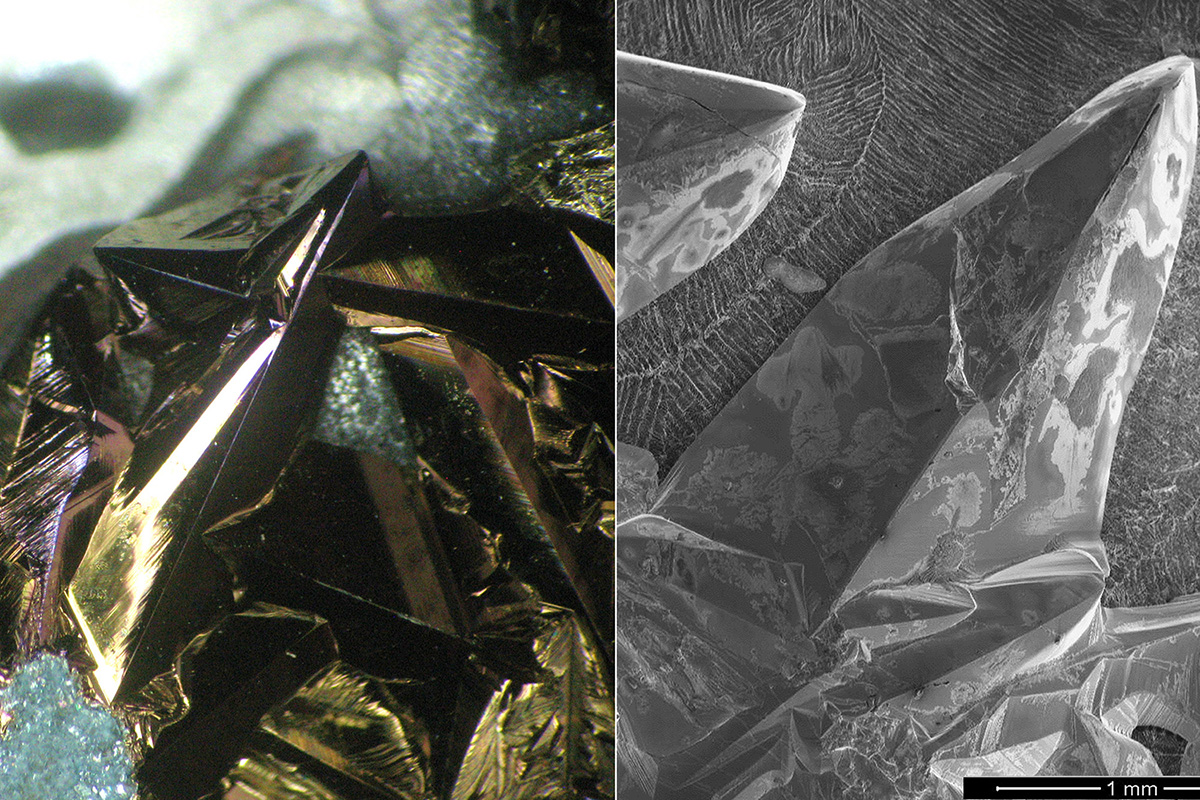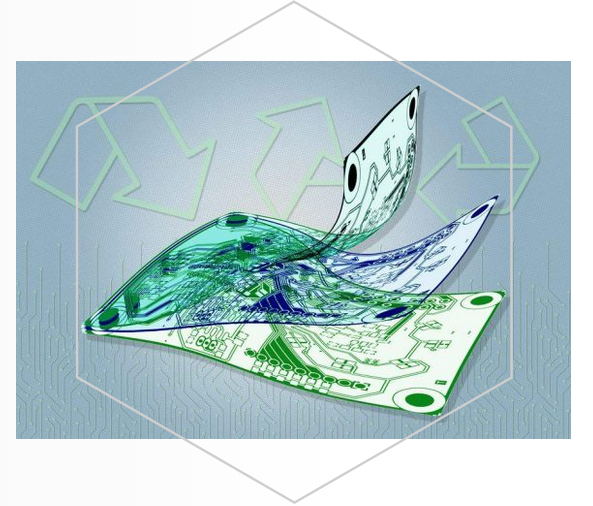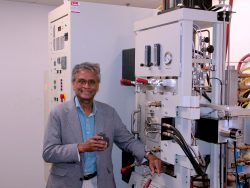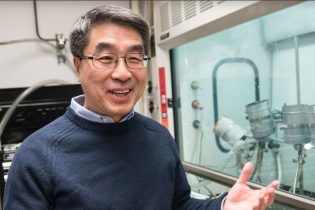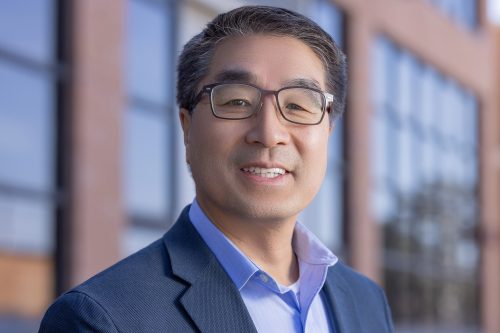Crabtree’s announcement through the DOE’s Office of Fossil Energy and Carbon Management (FECM) recently detailed that $45 million has been awarded in federal funding for six projects to create regional consortia to accelerate the development of critical mineral and materials (CMM) supply chains including novel non-fuel carbon-based products from secondary and unconventional feedstocks.
Realizing the value of secondary and unconventional feedstocks, such as coal and coal by-products, effluent waters from oil and gas development, and acid mine drainage will enable the U.S. to rebuild domestic supply chains for CMM. By focusing on abundant American secondary and unconventional sources, these investments will support dependable and enduring supplies for American manufacturing and production of technologies essential to clean energy and the nation’s defense.
“DOE is investing in collaborative regional projects to help us realize our nation’s full potential for recovery of these vital resources,” continues Crabtree, “while creating high-wage jobs and delivering environmental benefits for communities across the United States.”
The six selected projects will build upon the work of DOE’s Carbon Ore, Rare Earth and Critical Minerals (CORE-CM) Initiative, expanding the focus from the basin scale to cover eight regions across the nation. Teams consist of partners such as private industry; universities; local, state, and federal government; local communities; and Tribes and Tribal organizations who will develop and implement strategies that enable each U.S. region to realize its economic critical minerals and materials potential, including valuable non-fuel carbon-based products. Principal investigator Michael Free of the U’s Department of Materials Science and Engineering will head up this important work in the Rocky Mountains known as Region 6.
Read more HERE.


